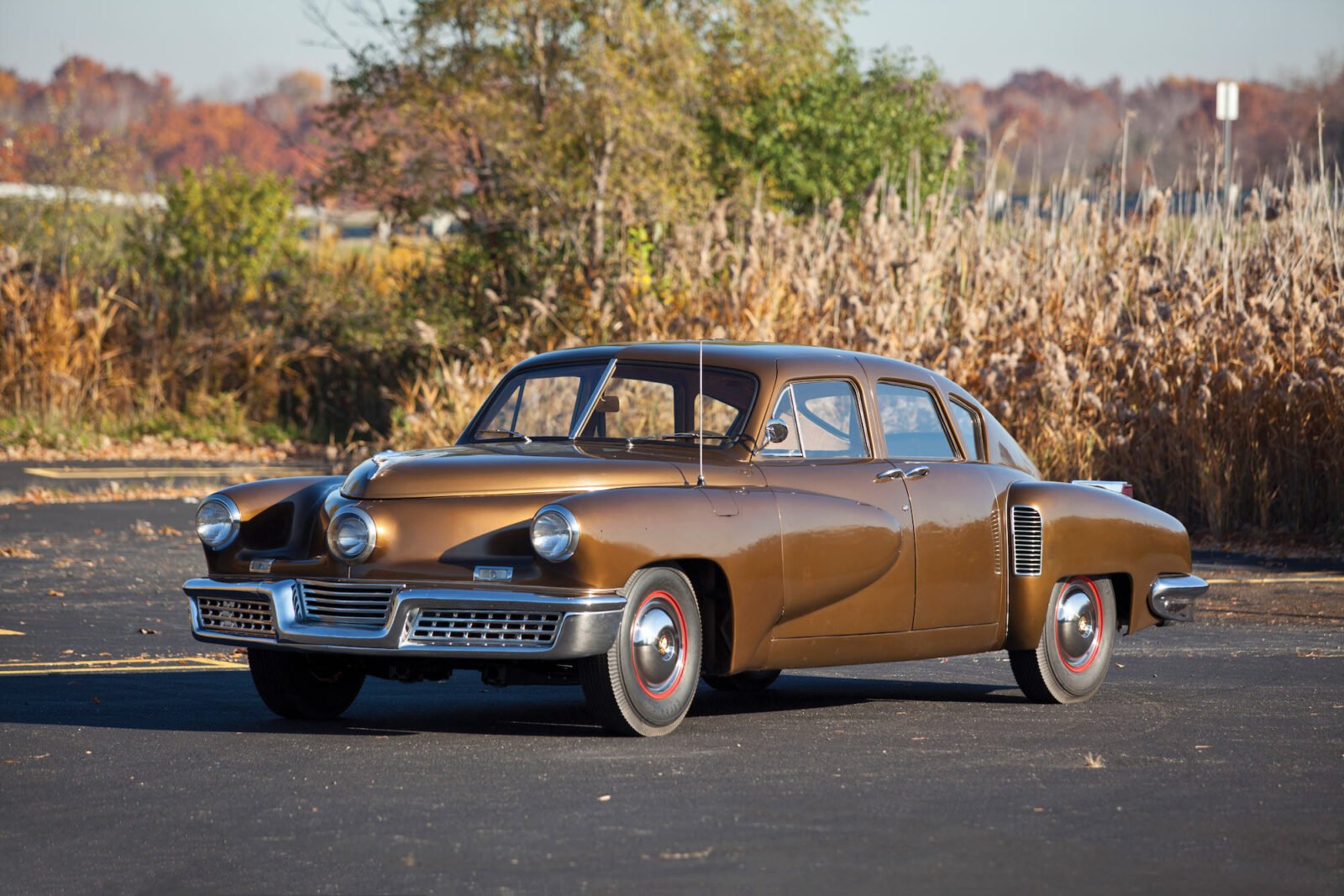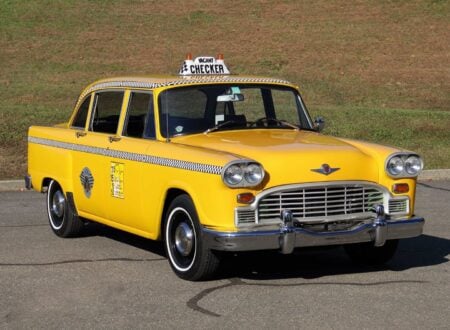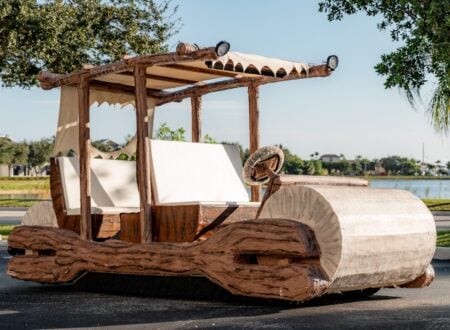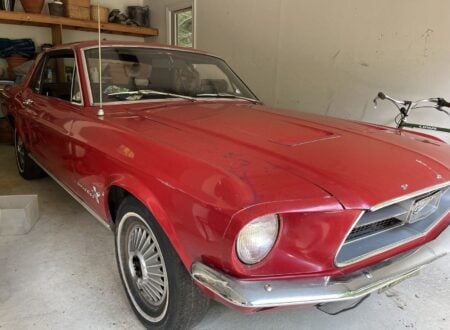The Tucker 48 is unquestionably one of the most beloved American cars of all time. The story of its development, production, and downfall are the thing of legend – and it’s a story known by many thanks to the Francis Ford Coppola film Tucker: The Man and His Dream starring Jeff Bridges.
Preston Tucker named the car after the year it was built – 1948. Preston was a talented automobile designer who had partnered with Harry Miller in 1933 to build racing cars in Indianapolis, he later developed the Tucker Combat Car and the Tucker Gun Turret – the latter was a power-operated gun turret inside a Perspex bubble that would be used on PT boats, landing craft, B-17 and B-29 bombers throughout the Second World War and beyond.
In order to raise funds to get a car of his own design into production, Preston Tucker ran one of the first speculative IPO stock issues in American history – and raised $17,000,000. If anything, the plans for the Tucker 48 (originally known as the Tucker Torpedo) were too extravagant. Preston had engineers developing a bespoke 589 cubic inch (9.65 litre) flat-6 engine with fuel injection, hemispherical combustion chambers, and a fascinating overhead valve system that used oil pressure rather than a camshaft.
In the end, the huge flat-6 proved too complex and required a staggering 60 volts just to get started.
The team at Tucker began looking for a suitable replacement, and they settled on a production ready aircraft engine – an air-cooled flat-6 called the O-335, made by Air Cooled Motors. Not a man to do things by half, Preston bought the company and cancelled all of their aircraft engine orders so they could focus on creating a liquid-cooled version of the O-335 for use in the Tucker 48.
The biggest selling point of the 48 was the long list of safety features that had been designed into it from day one. A full perimeter frame was built around the cabin offering excellent protection from front, rear, and side impact incursion – an almost unprecedented design feature for a car in the 1940s. Preston also designed the dashboard to be padded and the steering column to be installed behind the front axle to protect the passengers, the windshield was also designed to pop out in case of an accident.
The most famous safety feature was the centrally mounted “cyclops” headlight, designed to follow the steering direction at turns of over 10 degrees to illuminate the around corners. Some states had laws on the books that banned cars with more than two headlights – so little caps were made to fit over the central light.
The Tucker 48 you see here was the 44th made – meaning just 7 cars came after it until production was stopped as a result of the contentious decision by the SEC to investigate the Tucker Corporation for fraud. The negative publicity killed any hope the company had for a future, even though the company was acquitted on all charges. In the years since some have suggested that one or more of the large automakers in the USA may have pulled strings to get the SEC investigation launched – but solid evidence has been elusive.
This car has a known ownership history from new, it was rolled into a private shed during the Reagan administration and remained there for 33 years – only appearing in the open again more recently after being bought by a collector and returned to road-going condition.
It’s exceedingly rare for a Tucker 48 to come up for sale, and an example like this with known ownership history from new almost never comes up for sale. With this in mind we expect the bidding to be fierce when it crosses the auction block with RM Sotheby’s on the 19th of January. If you’d like to read more about the car or register to bid you can click here to visit the official listing.
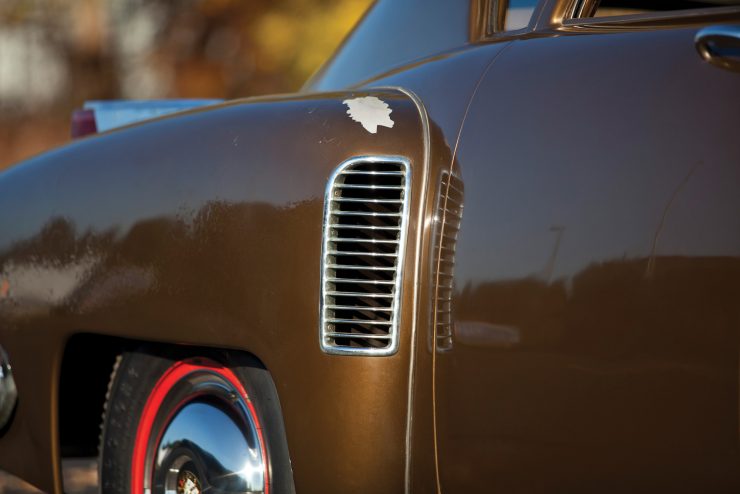
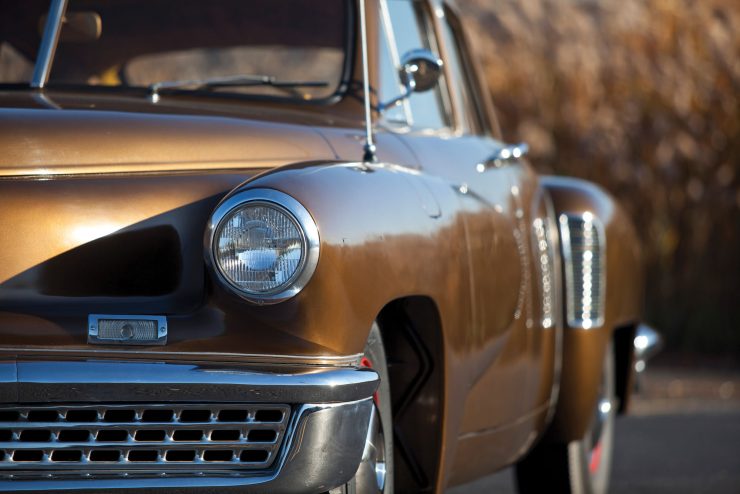
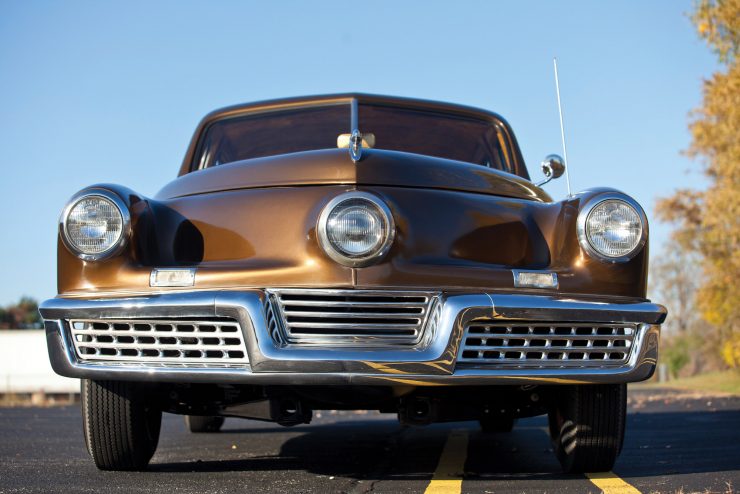
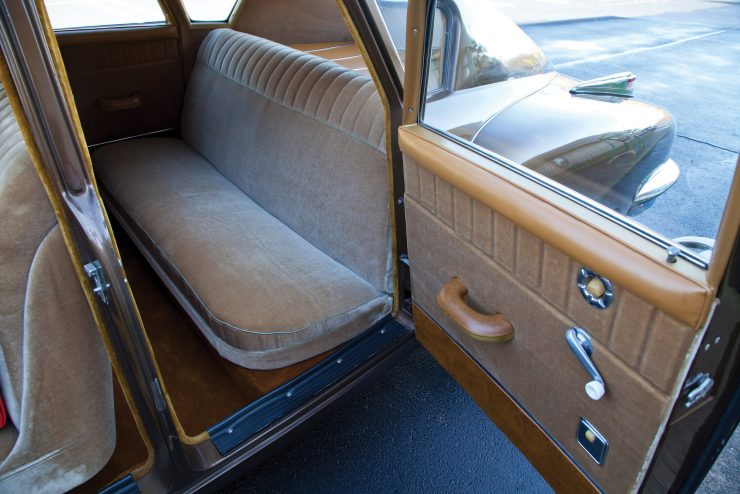
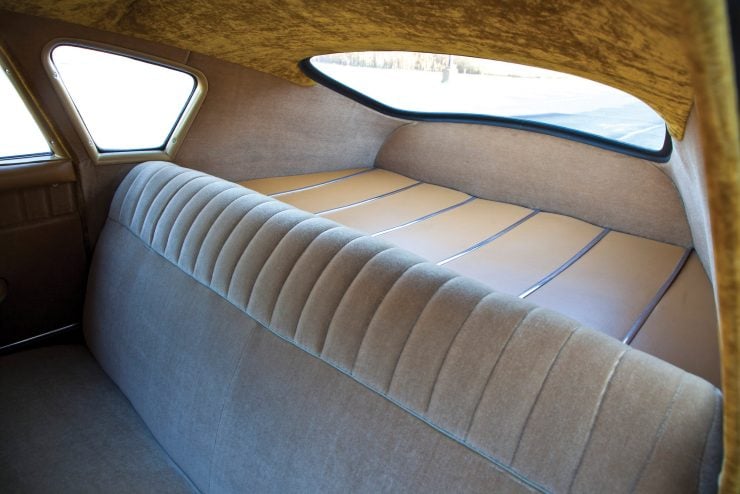
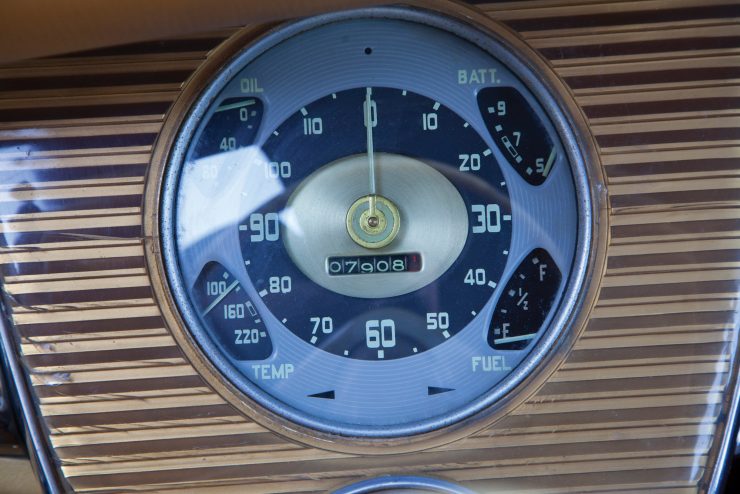

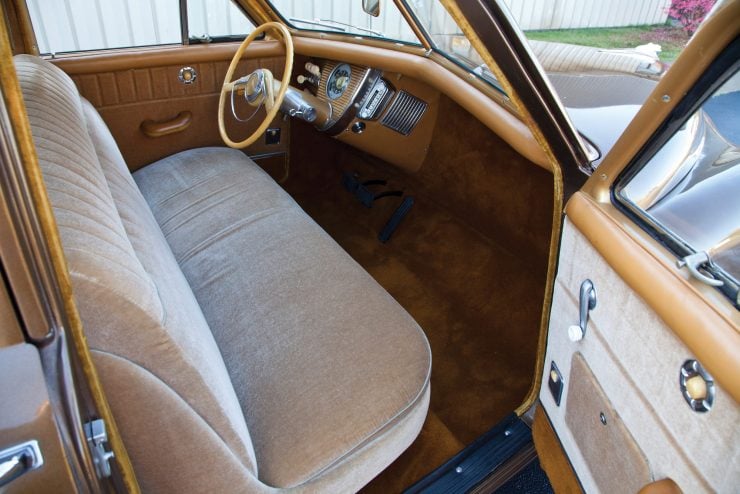
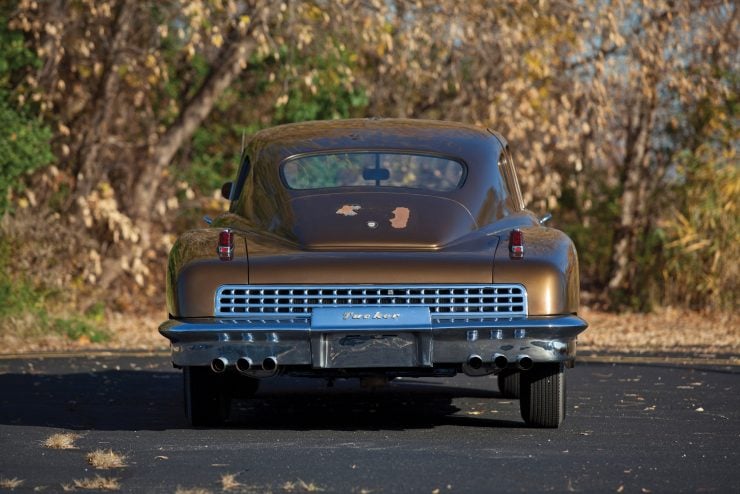
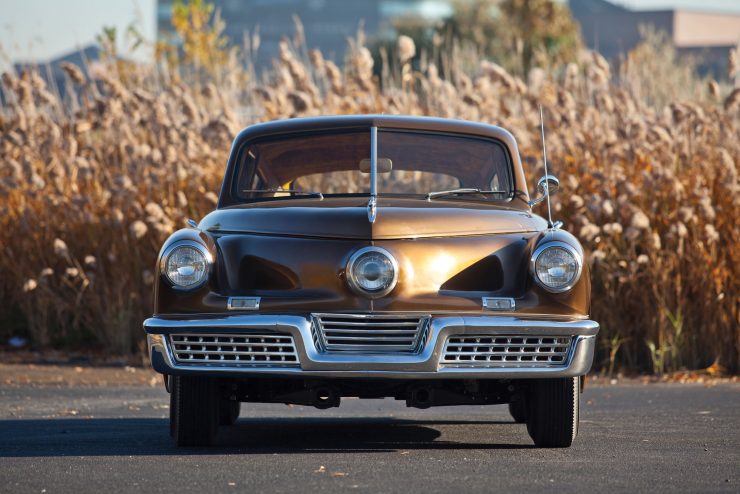
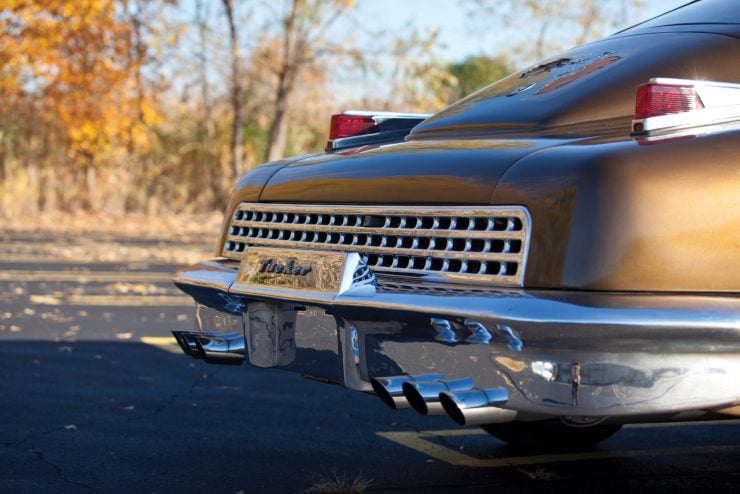
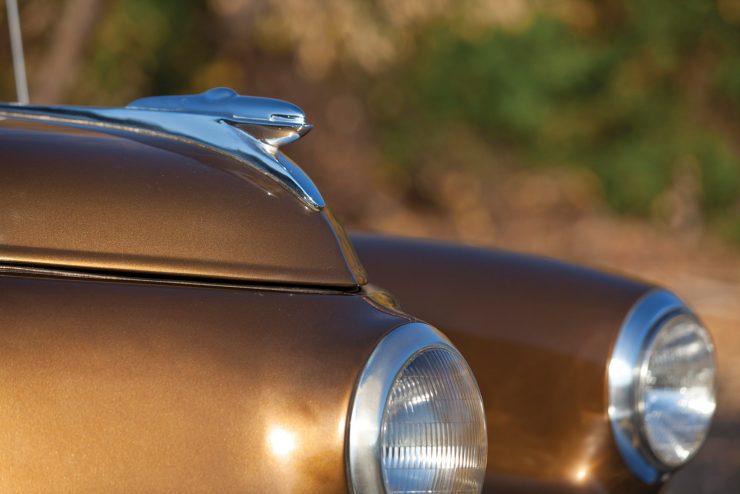
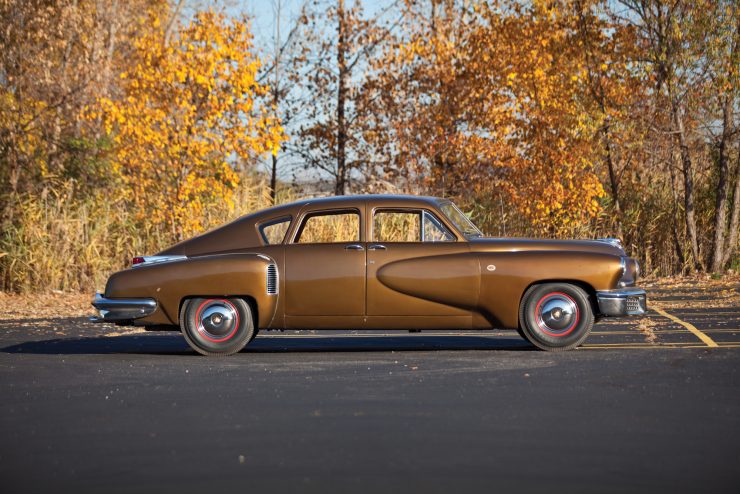
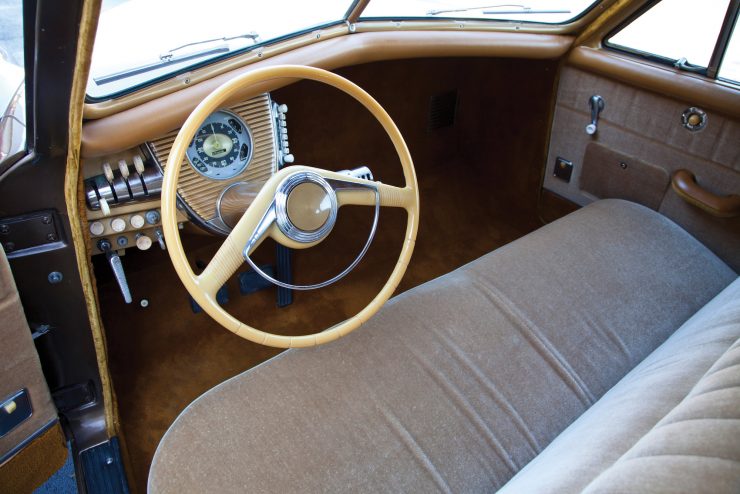

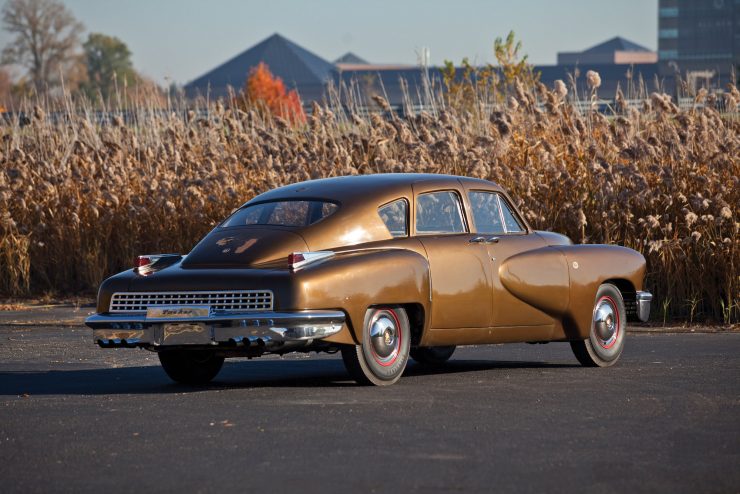
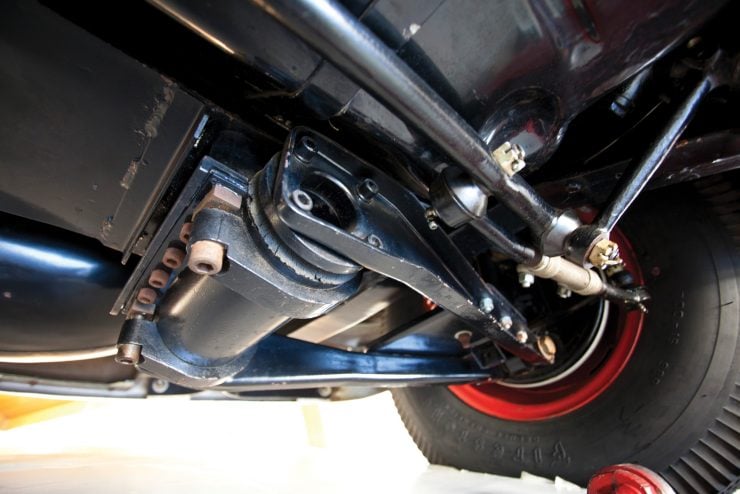
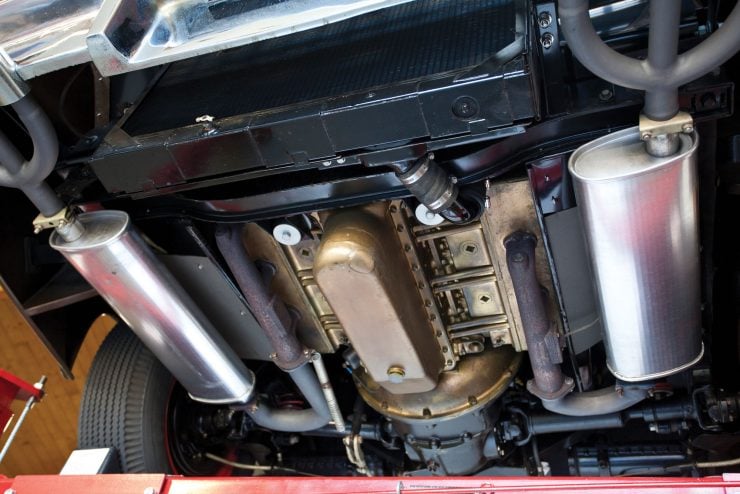
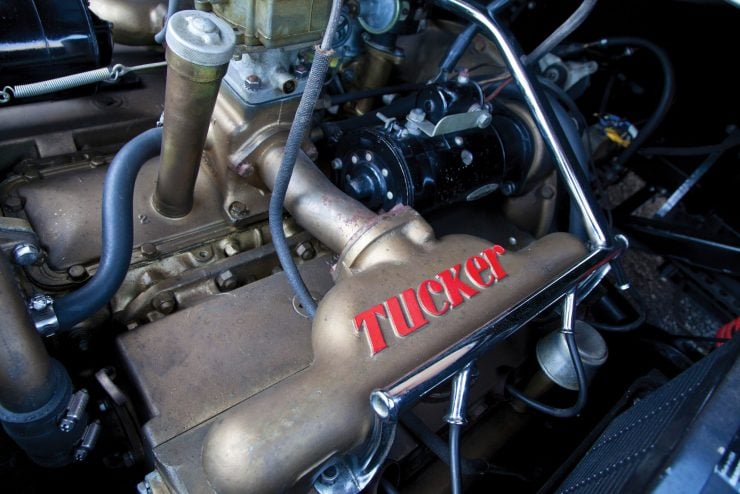
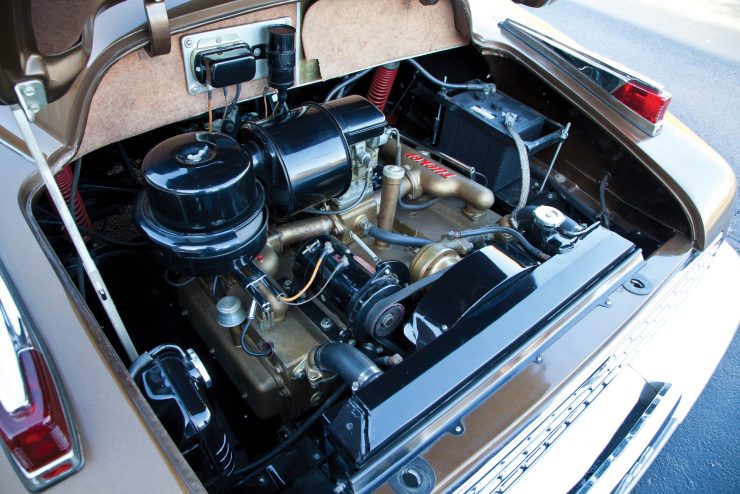
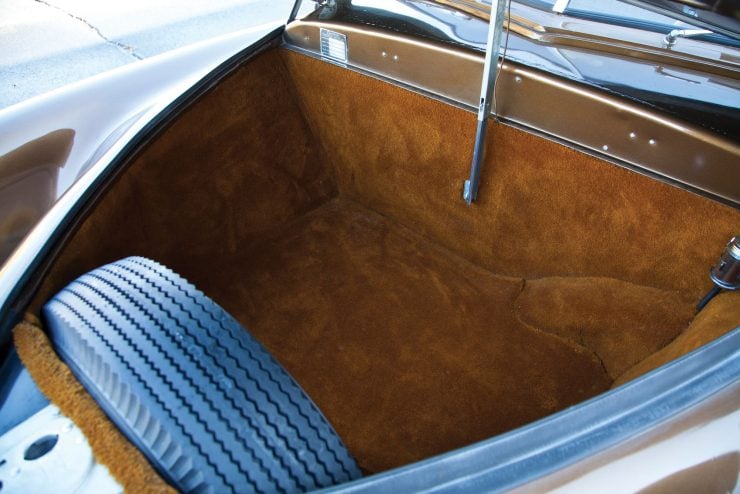
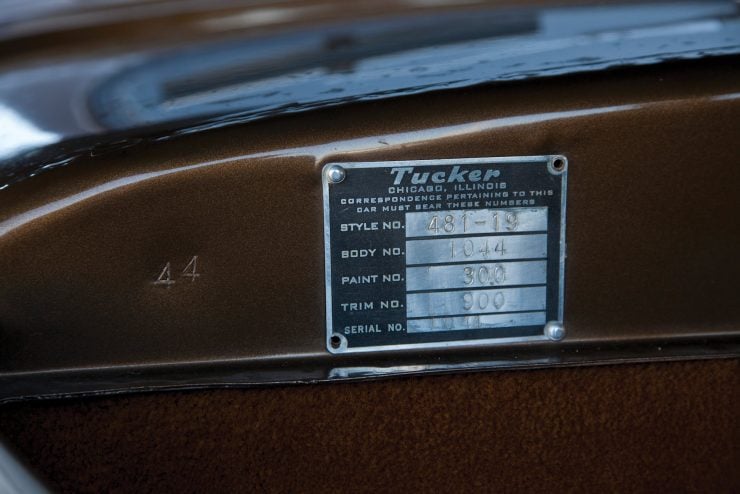
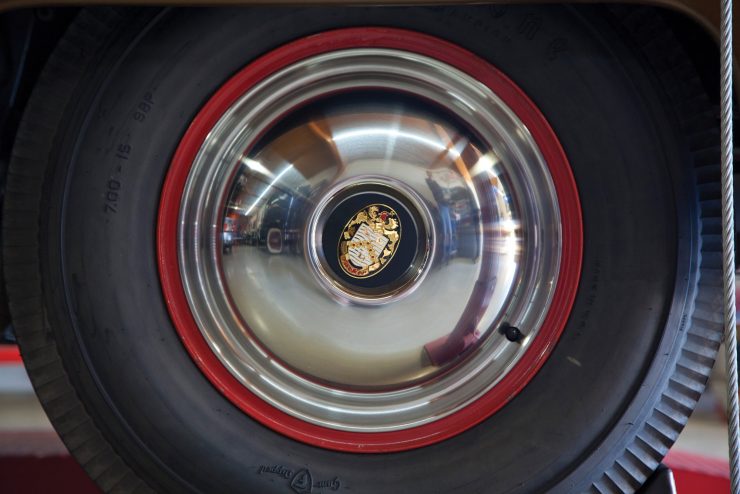
Photo Credits: Phil Greatorex ©2016 Courtesy of RM Sotheby’s

Articles that Ben has written have been covered on CNN, Popular Mechanics, Smithsonian Magazine, Road & Track Magazine, the official Pinterest blog, the official eBay Motors blog, BuzzFeed, Autoweek Magazine, Wired Magazine, Autoblog, Gear Patrol, Jalopnik, The Verge, and many more.
Silodrome was founded by Ben back in 2010, in the years since the site has grown to become a world leader in the alternative and vintage motoring sector, with well over a million monthly readers from around the world and many hundreds of thousands of followers on social media.

